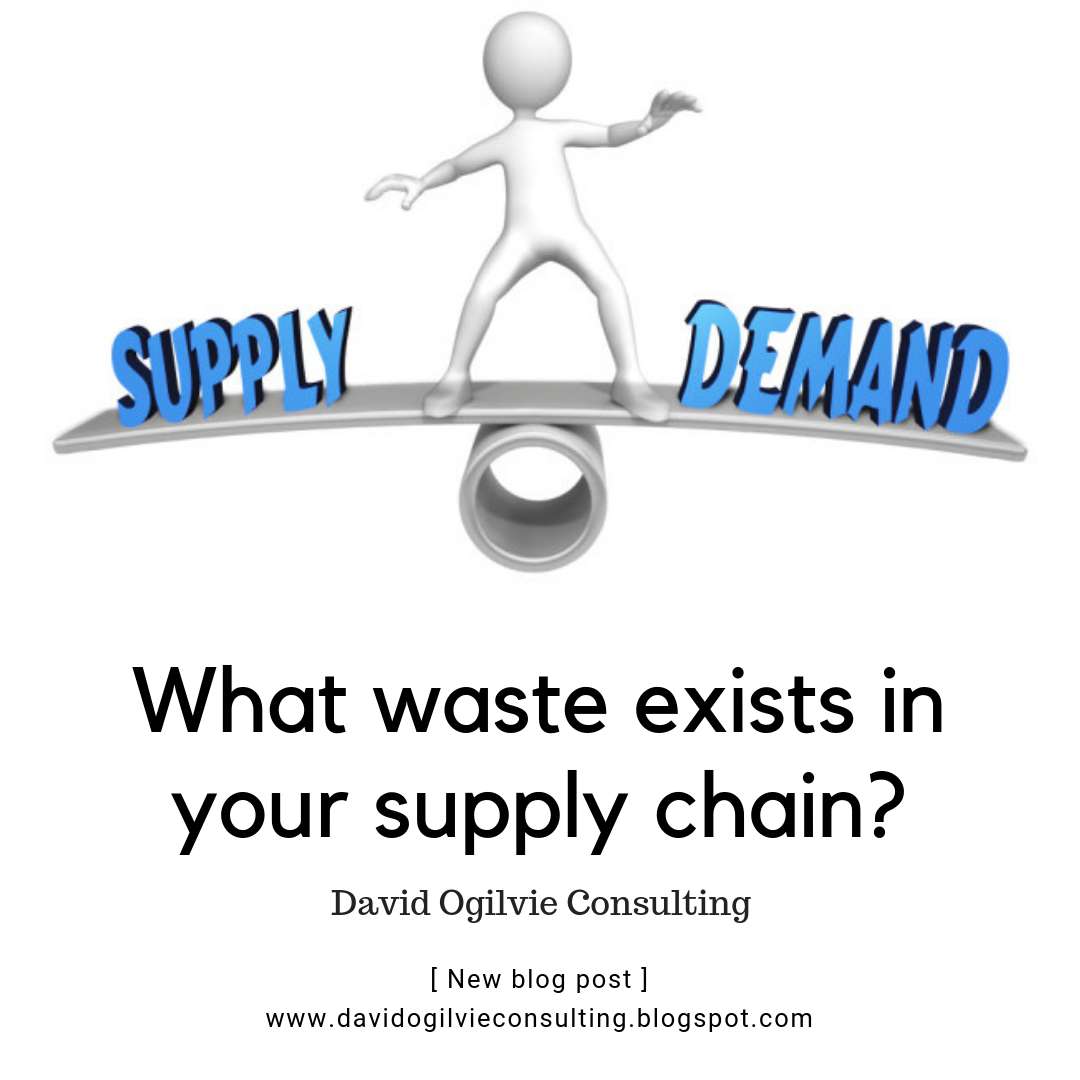
What Waste Exists in Your Supply Chain
The UK luxury brand Burberry was reported to have burned up to $50 million of unsold products in FY 2017/18 and up to $150 million over the past five years. It is doing this to protect their premium brand status rather than selling the products at discounted prices.
They believe by doing so maintains their reputation as a high-end brand because it reduces the number of their products being sold at discounted prices. Business Insider had an article the other day indicating that Under Armour beat second quarter expectations but, “is still sitting on a mountain of unsold inventory, which grew 11% to US$ 1.3 Billion in the most recent quarter”. Yes, you read that right, with a B. Business Insider goes on to report that fashion houses, in general, have a troubling issue with unsold inventory naming companies such as; Gap, Ralph Lauren and of course they named Burberry. H&M reported it has UD$ 4.3 Billion worth of unsold inventory.
In responding to the criticism in the press recently, Burberry has responded by saying they have some great environmental initiatives within their supply chain. What I find of greater concern is if they have managed to instil environmental initiatives within the supply chain, why haven’t they inculcated better “Lean” initiatives?
It is clear that Burberry and these other fashion houses are manufacturing more goods than there is actual demand. Otherwise, they wouldn’t be in this position of having to destroy or sit on so many unsold products. In a press statement, a spokesperson for Burberry said the disposal was due to a one-off agreement with Coty for beauty products. However, the five-year write off numbers puts this statement in serious question.
Unfortunately, this practice of destroying products is common in the fashion industry. Cartier, for example, is quoted as having recently destroyed products worth €481 million.
So it surprises me that these companies do not have better systems in place. In this day and age when manufacturing systems and technologies are available to help overcome, or more importantly prevent, this exact problem of overproduction. Systems that will trigger manufacturing activities when a real demand signal is identified rather than generating overproduction as is clearly the case at the moment.
I am also surprised that the boards and company executives have allowed this situation to exist. Perhaps because their margins are at the premium end there has been less pressure to adopt lean practices than in other businesses. More likely, however, is the fact that many companies consider inventory to be cheap. Rarely do you see an organisation report a cost for holding inventory in the P&L. It is not until they have to make a financial write-off, then the real cost of holding this inventory actually surfaces. In my day to day work as a trusted advisor, I am consistently surprised how often I am having the debate with executives over the benefits of instilling good inventory practices into their business.
So many companies either rarely conduct stocktakes or when they do, it is because the auditor or end of year financials require one. The benefits of high inventory turns and accuracy in your inventory numbers is enormous. By simply using real-time data capture systems connected to your system of record, your ERP system, and performing well-structured cycle counting regimes you are 80% of the way to solving this issue.
If I was a shareholder in these companies I would be extremely annoyed to see such waste of resources and capital. These organisations clearly do not have a continual improvement culture. (I have used continual rather than continuous deliberately. If you are not sure why I have done this, call me and I will explain).
It is a common misconception, in my opinion, that lean principles and ERP do not work well together. I believe this to be false, they can work well together. In addition to benefiting from adopting lean manufacturing practices, organisations like these will reap significant benefits from leveraging the power of machine learning capabilities that are becoming available today to help improve their forecasting capabilities.
So with all this in mind, what are the potential lessons in this for you? My thoughts are not groundbreaking, but it is clear they are not widely adopted. The actions I feel you should take are:
- Don’t wait for market pressures to force you to review processes. By adopting a continual improvement culture in your company you are constantly looking for and adopting better ways. If this is not pervasive within your company, take steps to make it so.
- Fully understand the difference between value adding and non-value adding activities and then apply this understanding to your business processes.
- Take an honest review of your business and the process you have adopted and identify the non-value adding activities. Then take proactive action to remove them.
- Take steps now, because as the US interest rates position shows, money seems to be getting more expensive every day and will most likely continue to do so. Therefore your inventory won’t be as cheap as it has been.
